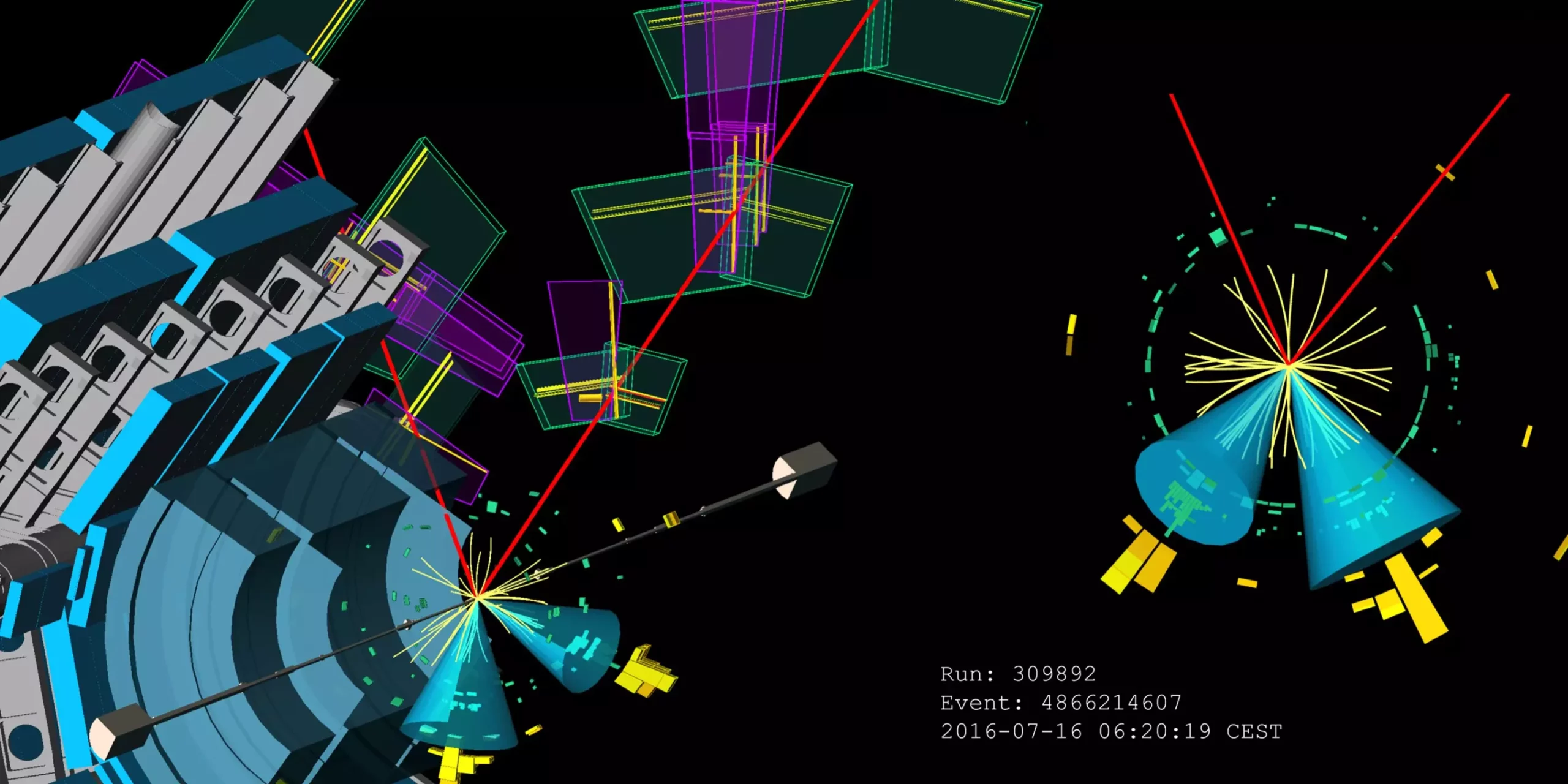The Higgs boson stands as a pivotal element in the framework of the Standard Model of particle physics, essentially responsible for the mechanism that endows various fundamental particles with mass through their interactions with the Higgs field. Through electroweak symmetry breaking, these interactions allow particles—namely bosons and fermions—to acquire mass, profoundly influencing the structure of matter in the universe. As researchers strive to achieve a deeper understanding of this phenomenon, precise measurements of the Higgs boson’s interaction strengths with elementary particles become crucial.
A key methodological aspect of studying these interactions lies in the analysis of particle jets. When the Higgs boson decays, it often produces quark pairs, which subsequently fragment into a spray of particles known as jets. The identification of these jets—known as jet tagging—serves to determine the specific type or “flavor” of quark that initiated the jet. This is essential for understanding the dynamics of Higgs boson decays, particularly concerning heavy quarks like top, bottom, and charm quarks. Recent advancements in jet flavor tagging techniques have heightened the sensitivity of the analyses, enabling researchers to effectively dissect the properties of these jets and obtain more accurate measurements.
New Findings from the ATLAS Collaboration
Recently showcased at the International Conference on High-Energy Physics (ICHEP) 2024, the ATLAS collaboration presented compelling updated results regarding the Higgs boson’s interactions with the three heaviest quarks: top, bottom, and charm. The findings stem from a meticulous reanalysis of data collected during the LHC Run 2 phase from 2015 to 2018, employing enhanced analysis strategies that notably improved jet tagging methods. By implementing these innovative approaches, ATLAS researchers increased their sensitivity to the decay processes H→bb and H→cc, achieving sensitivity increases of 15% for bottom quark decays and a monumental threefold increase for charm quarks.
The collaboration reported ground-breaking findings, including the first observation of the WH, H→bb interaction, with a significance level of 5.3σ. Concurrently, they noted ZH, H→bb decay processes with a significance of 4.9σ. Understanding these interactions is not only a validation of the theoretical predictions laid out in the Standard Model, but it also underscores how far researchers have come in their experimental endeavors. Additionally, while the decay process into charm quarks is considerably rarer—hampered by a mass suppression factor of 20—ATLAS managed to place an upper limit on the rate of the VH, H→cc process, revealing it to be 11.3 times the Standard Model’s expectation.
Tackling Challenges in Top Quark Interactions
Another noteworthy aspect of the ATLAS presentation was the analysis focused on the Higgs boson’s interaction with the top quark, particularly through the ttH, H→bb production channel. This endeavor poses significant challenges due to the intricacies of the final state and overwhelming background noise from other particle interactions. Nevertheless, through refined methodologies and a deeper comprehension of background processes, the ATLAS team was able to double their sensitivity and provide a measurement of the signal strength at 0.81 ± 0.21 relative to the Standard Model.
The Future of Higgs Research at the High-Luminosity LHC
The fruits of these studies promise an exciting trajectory for future Higgs boson research, particularly with the advancements anticipated from the ongoing Run 3 of the LHC and the forthcoming High-Luminosity LHC (HL-LHC). As technology and methodologies continue to improve, researchers anticipate attaining unprecedented precision in assessing Higgs boson interactions. This serves not only to deepen our understanding of fundamental physics but potentially reveals nuances that could either solidify or challenge the established theoretical framework.
The recent endeavors of the ATLAS collaboration signify a remarkable leap in our quest to decode the intricacies of the Higgs boson and its interactions with fundamental particles. Through innovative analysis and enhanced measurement techniques, particle physicists are making strides toward answering pivotal questions about mass generation and the nature of the universe, paving the way for future discoveries that could redefine existing paradigms in particle physics.


Leave a Reply